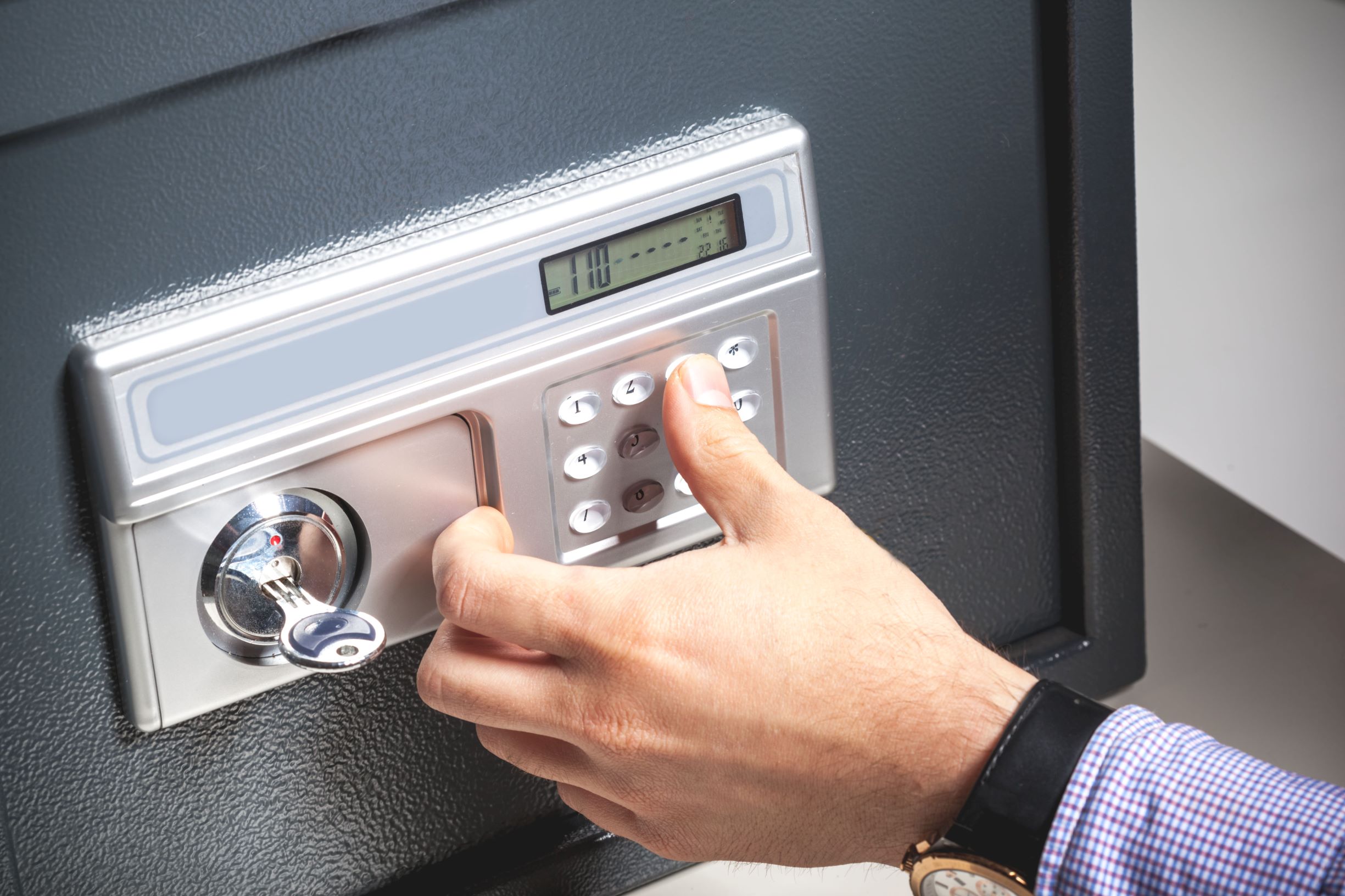 When you own a safe to protect valuables, you want to keep the safe in a secure place rather than just out in the open. A basement offers an ideal area to keep a safe protected and hidden from the rest of the home. When you shop for a new safe, you will find many features that make the basement an ideal feature.
When you own a safe to protect valuables, you want to keep the safe in a secure place rather than just out in the open. A basement offers an ideal area to keep a safe protected and hidden from the rest of the home. When you shop for a new safe, you will find many features that make the basement an ideal feature.
As you learn about each feature, you will have a better idea of what kind of safe to shop for when visiting a local locksmith.
1. Humidity and Moisture Protection
A basement can have vastly different conditions than the rest of a home. Many basements will have high levels of moisture and humidity. When storing items like important files or antiques, the moisture conditions could cause major problems, but not when the items are placed inside a waterproof safe.
The contents of the waterproof safe remain locked and in place so nothing you keep inside the safe is exposed to the moisture. And the protection of a waterproof safe goes one step further if your home is in a potential flood area. A basement is one of the areas most prone to flooding, but you can avoid problems with a waterproof safe. All of the items will remain intact and dry.
2. Light-Up Keypads
Even with lights, basement areas often have limited windows and a lot of dark areas. The last thing you want to do is fumble around as you try to access your safe. Luckily, you can avoid putting in the wrong combination or key code if you have a safe with a light-up keypad.
The illumination of the keys will give you clear visuals as you enter your code and access the safe. Some of the keypads will have only glowing buttons while others feature the glowing buttons along with an LED screen. As you enter each number in, it will appear on the LED screen so you know exactly what numbers you’ve entered.
When you visit a locksmith showroom with safes, you can see how the different safes illuminate and provide the light needed to see in the dark of a basement.
3. Mounts and Anchors
If you have the safe on an upper floor of a home, you may have limitations in the way you can bolt down the safe. The foundation of a basement gives you easy options to bolt down the safe and add an extra layer of protection. Securing the safe to the floor can prevent anyone from just lifting up the safe and carrying it away.
As you shop for safes, look for bolting holes on the bottom of the safe. When the mounting holes are on the inside, you can prevent tampering with the bolts and keep the safe secure. When the safe is positioned over a concrete basement floor, you can line up the safe and use a marker or pencil to make drill marks.
Additionally, some safes will come with a bolting kit so you receive all the hardware you need to complete the task. The strength of the concrete and security of the safe will keep your valuables protected for a long time.
4. Multiple Safe Sizes
Basements come in all shapes and sizes and feature a lot of random areas to place a safe. You may place a safe under the stairs, in a corner near a hot water heater, or in a small, enclosed nook area. Thankfully, you do not have to force a safe into specific areas when you can find a safe size that accommodates your needs.
Before you purchase a safe, measure out the area in your basement where you want to place the safe. With the dimensions, a locksmith can recommend the best safe to fit in the location.
For more information on safe options, contact our team at DuPage Security Solutions Inc. We can help you pick out a safe ideal for your basement.